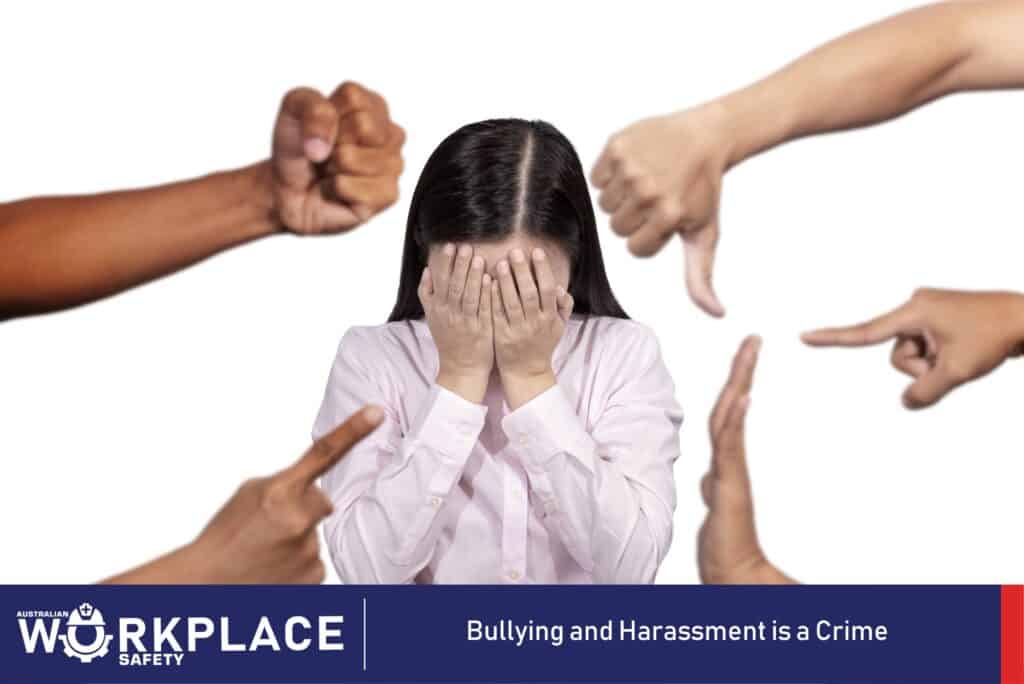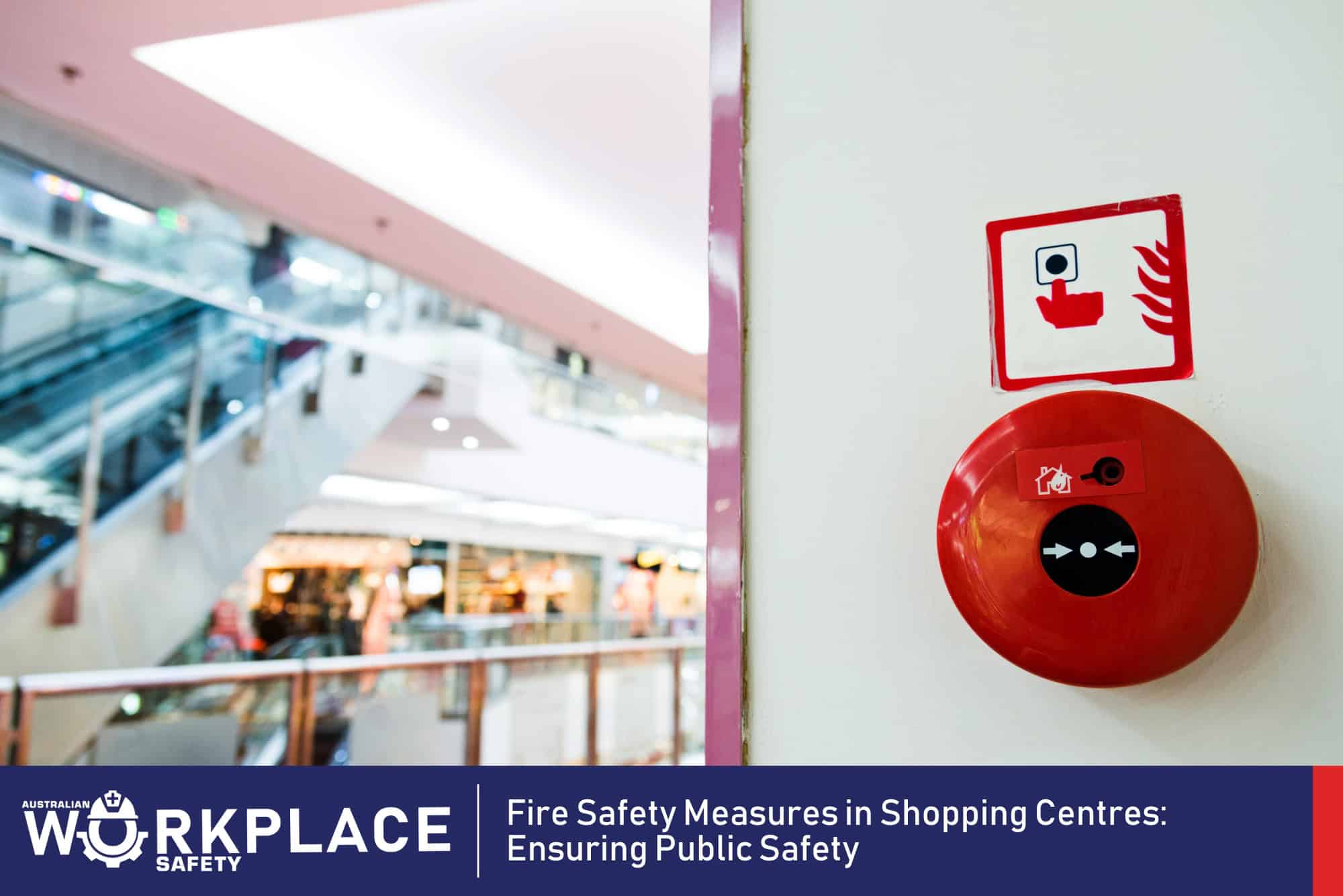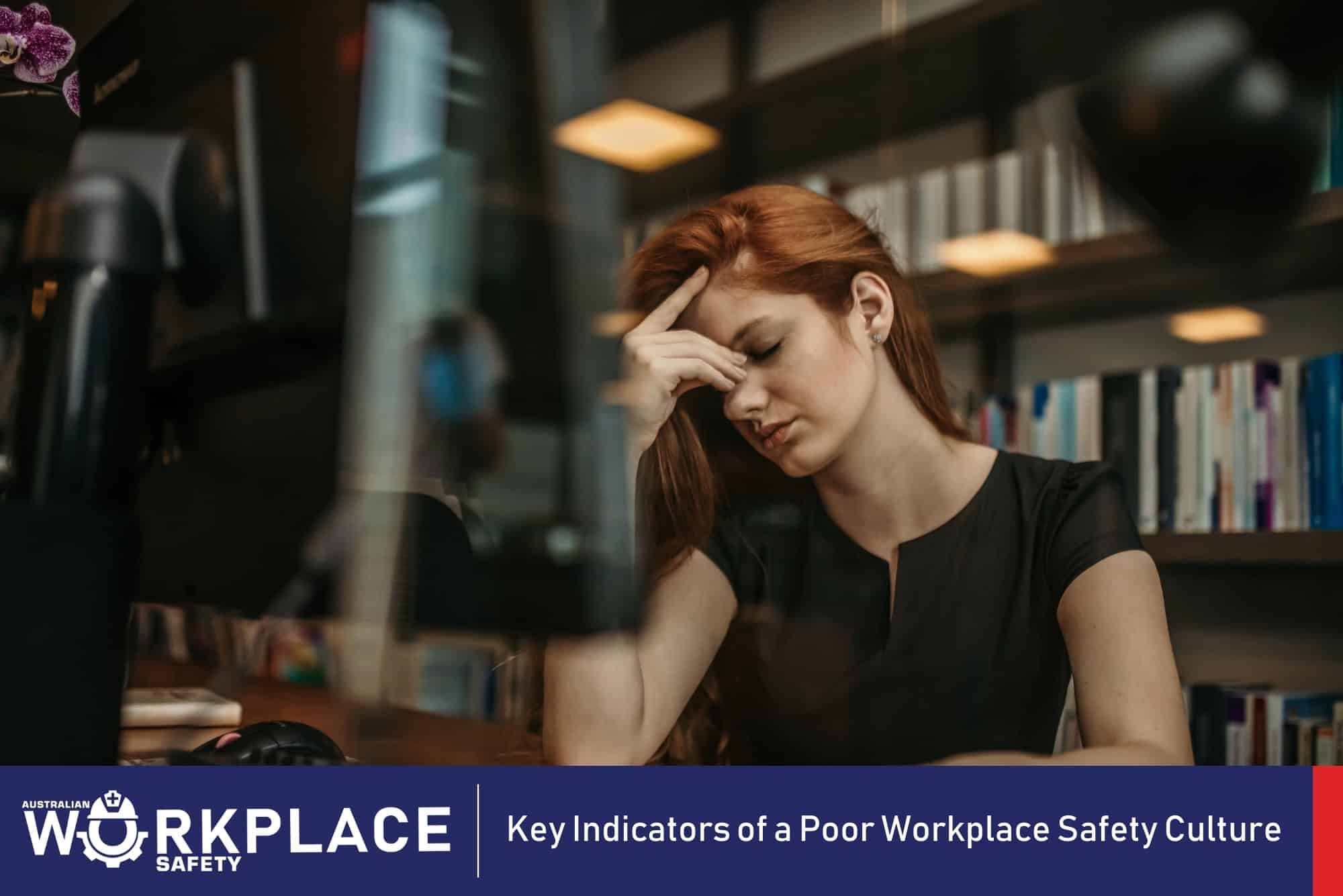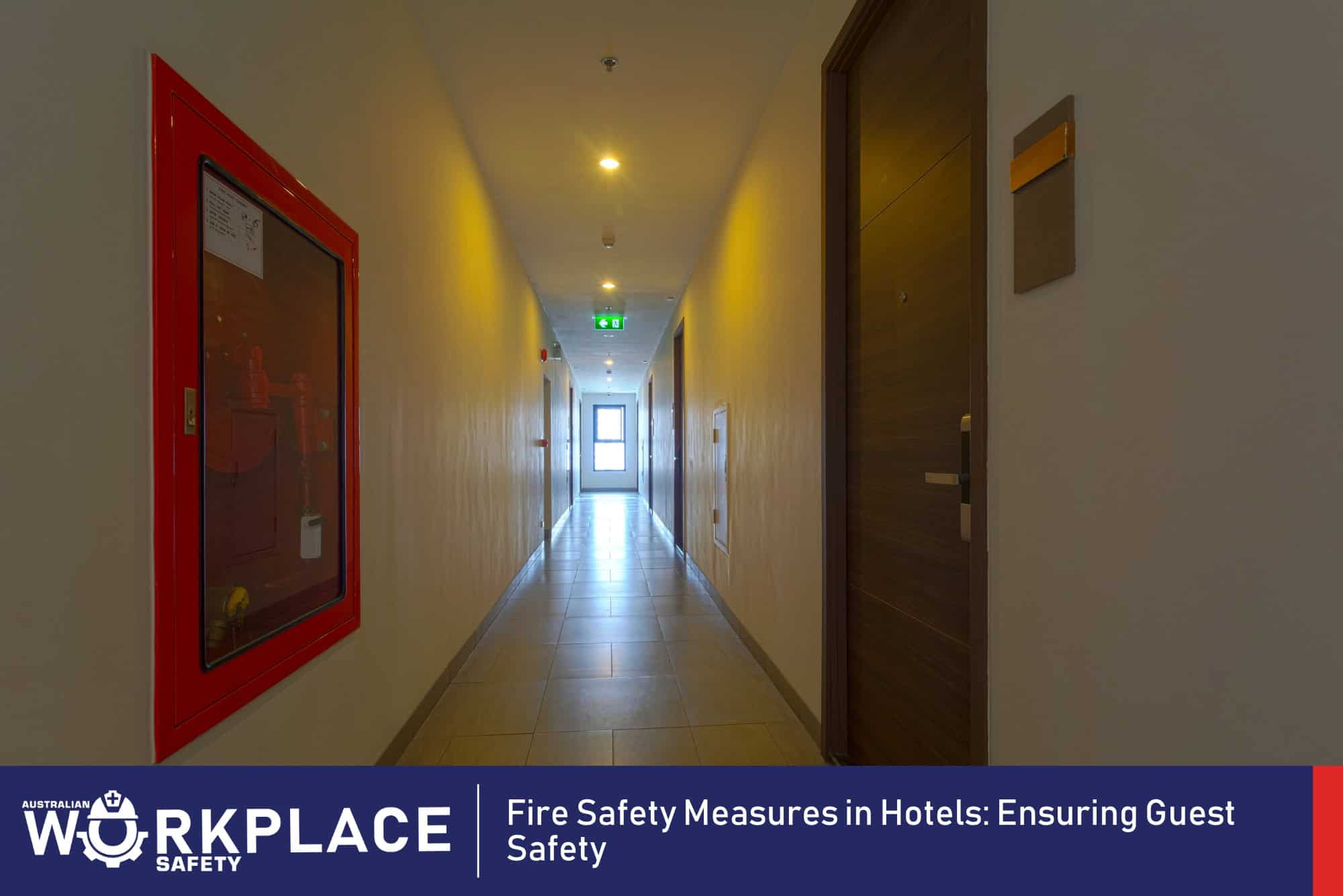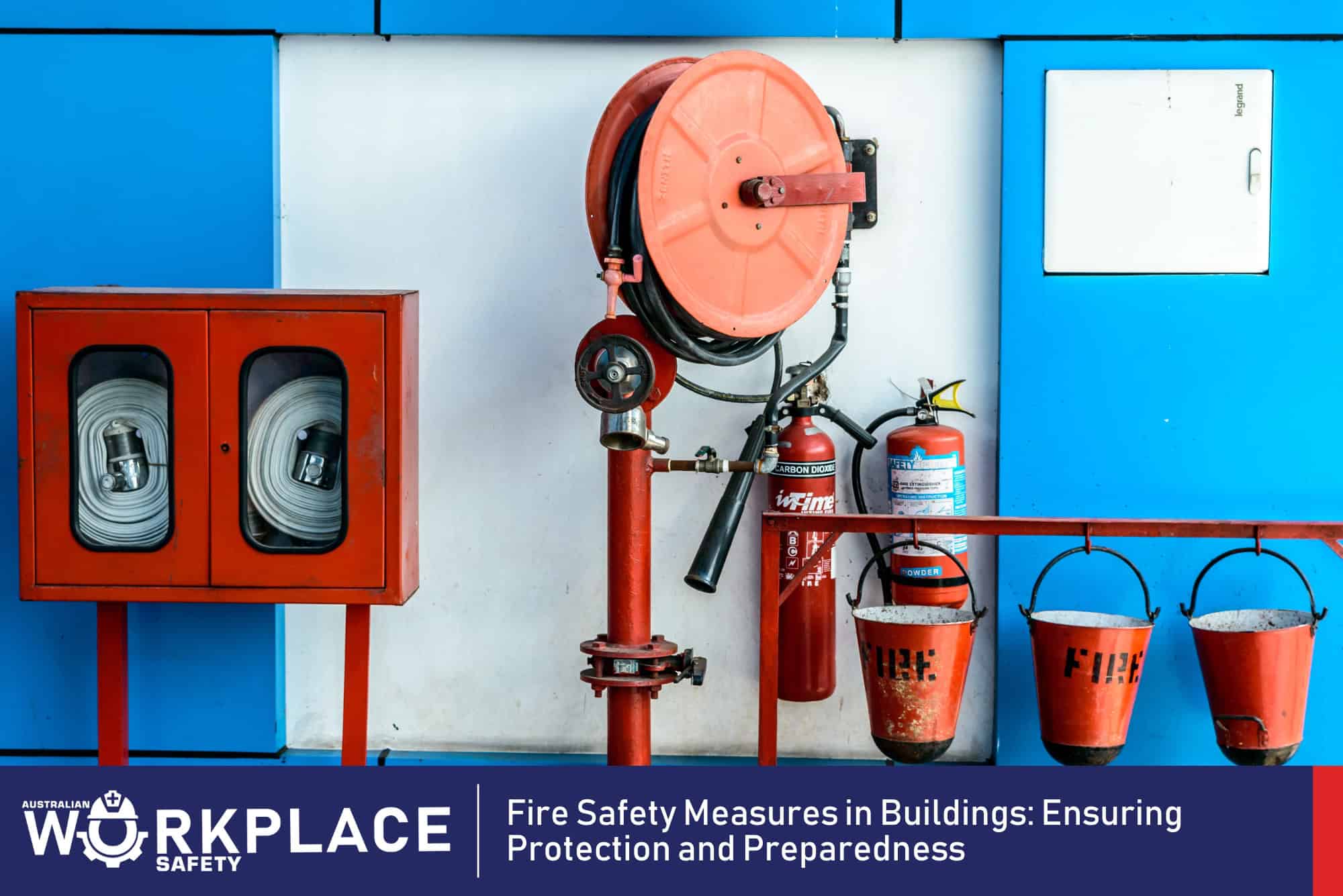One of the hardest challenges workplaces faces from a management perspective is workers unacceptable behaviour, as often this is learnt and developed in an environment outside of their workplace.
Although there is no single factor that leads to someone becoming a bully, as it is generally a complex interplay of various psychological, social, and environmental factors. Bullying could certainly be derived from the family dynamics, peer pressure, low self-esteem, lack of empathy, exposure to violence and personal experience of bullying.
Bullying in the political environments
With the many reported incidents in recent years, workplaces have had to become proactive in managing bullying including political environments and workplaces as these result in detrimental consequences on the business. For example, the media reported that in November an independent investigation was carried out into the UK politician, Dominic Raab’s behaviour after eight formal complaints were lodged by at least 24 staff members. It went on to report that Raab’s resignation marks the third high-level minister to leave amid allegations of misconduct. Just weeks after he assumed the top job Minister Without Portfolio Sir Gavin Williamson quit in November amid allegations of bullying, then in January, Nadhim Zahawi was after an inquiry found he had committed a “serious breach of the Ministerial Code.”

Reasonable Expectation
As a business leader, it is important to be reasonable in the approach to preventing and addressing bullying in the workplace. This means taking a proactive approach to creating a safe and respectful workplace culture, but also recognising that incidents of bullying may still occur despite the best efforts. When responding to incidents of bullying, it is important to be objective, fair, and consistent in the actions. This may involve conducting thorough investigations, documenting all incidents, and taking appropriate disciplinary action when necessary. It is also important to communicate clearly with all workers about the expectations for workplace behaviour and to provide regular training on how to recognise and report bullying.
Education and Awareness
One of the most effective ways to prevent bullying in the workplace is through education and awareness. This means providing all workers with training on what constitutes bullying, how to recognise it, and how to report it. It is paramount to raise awareness about the negative impact that bullying can have on individuals, teams, and the overall workplace culture. This may involve sharing case studies or real-life examples of the consequences of bullying, as well as communicating the legal and ethical obligations that businesses must prevent and address bullying in the workplace.
Review the workplace policies
As a business leader, regularly review the policies related to workplace behaviour and bullying prevention. This may involve consulting with WHS professionals to ensure that the policies are up-to-date and legally compliant. Importantly ensure that the policies are communicated clearly to all workers so they understand the consequences of violating them. Regular reviews of the policies can identify any gaps or areas for improvement in the approach to preventing and addressing bullying in the workplace.

Reinforce the business culture
Creating a positive and respectful workplace culture is key to preventing bullying in the workplace. As a business leader, reinforce this culture through the actions and the communication with workers. This may involve modelling respectful behaviour, recognising and rewarding positive behaviour in others, and communicating clearly about the expectations for workplace behaviour. Also address any behaviours that are inconsistent with the workplace culture that is being created, such as bullying or harassment.
Differentiate and define behaviour types
It’s essential to differentiate between bullying and other types of workplace conflict or disagreement. Bullying is defined as repeated, intentional, and harmful behaviour that creates a power imbalance between the bully and the victim. Ensure that all workers understand this definition and can recognise when behaviour crosses the line from workplace conflict into bullying. This can help to ensure that incidents of bullying are addressed appropriately, while also preventing misunderstandings or miscommunication about what constitutes bullying in the workplace.
Obligations as the leader
As a leader, you have a legal and ethical obligation to ensure that the workplace is free from bullying and harassment. This means taking proactive steps to prevent and address incidents of bullying, and creating a workplace culture that promotes respect, diversity, and inclusion.
In terms of legal obligations, many jurisdictions have laws and regulations that require businesses to provide a safe and healthy workplace for their workers, free from discrimination, harassment, and bullying. These laws often impose penalties or fines for businesses that fail to meet these obligations, and may also provide avenues for workers to make complaints or seek legal remedies.

Respect and Dignity
In addition to these legal obligations, as a leader, you have an ethical obligation to create a workplace culture that promotes respect and dignity for all workers. This means treating workers fairly and consistently, and taking prompt and effective action to address incidents of bullying or harassment. It involves fostering an environment in which workers feel comfortable speaking up and reporting incidents of bullying, and ensuring that all workers are aware of their rights and responsibilities in relation to workplace conduct.
To fulfil these obligations, create and communicate clear policies and procedures for preventing and addressing bullying in the workplace. This may involve consulting with WHS professionals to ensure that the policies are legally compliant and effective. It’s crucial to provide regular training and education to all workers, to ensure that they understand what constitutes bullying and harassment, how to recognize it, and how to report it.
In Summary
It is important to lead by example, and to model the behaviour that is expected from others. This means treating all workers with respect and dignity, and taking prompt and effective action to address any incidents of bullying or harassment that may arise. By fulfilling these obligations as a leader, it can help to create a workplace culture that is safe, respectful, and conducive to the success of the business.
Please contact us for any enquiries or booking.
